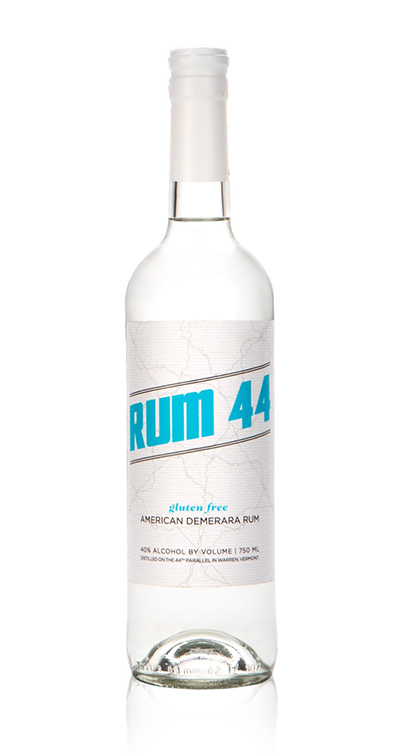What exactly is Rum, anyway?
Rum, Defined
Spirit categories can be nebulous and confusing. Some spirits, like gin, must make use of specific ingredients. Others, like bourbon and rye, must use certain ingredients and be aged in a specific way, while vodka can be made from virtually anything as long as it’s distilled at a high enough proof. Rum, on the other hand, comes in a variety of flavors and ages, can be sweetened or spiced, and has some close cousins like Rhum (or Rhum Agricole) and Cachaca. So put on your pirate hat, dust off your eye patch and grab your parrot, we’re talkin’ about rum, ya scallywag!
Sorry about that. I’ll try to keep the pirate speak to a minimum moving forward.
Anyway, basic rum as a spirit category is pretty straightforward, with Rhum having a subtle but significant difference. Essentially, Rhum (aka Rhum Agricole) and Rum are both distilled from sugar cane: Rhum from sugar cane juice, and Rum from a refined product of sugarcane, such as molasses, turbinado or demerara sugar (which is what we use). If you know the basics of spirit production, the rest is fairly straightforward: the sugar is fermented, and then distilled.
A Difference in Taste
That sugar, however, makes a big difference in the final product. Rhum, for example, is characterized by an earthy, vegetal flavor, while molasses rum errs more toward a sweeter, vanilla-noted spirit. And while most rum (a whopping 97%!) is distilled from molasses, you can also make it from sugar, which is what we choose to do.
Because molasses is a by-product of refining sugar cane into sugar, it typically requires a distillation at a very high proof to separate out the undesirable elements, most notably sulfur. Rum distilled from demerara, as we do, can be distilled at a lower proof, thereby preserving more flavor in the finished spirit. Specifically, demerara rums are characterized by subtle sweetness, light smokiness and slight vegetal notes.
All About The Finish
The other element that allows different rums to diverge in flavor is how they’re finished. Some producers will choose to spice or back-sweeten (add sugar to) finished rum. Some barrel age their rum and then filter it clear, while some add flavors (coconut pineapple rum, anyone?). At Mad River Distillers we use a variety of different aging and finishing techniques to transform our Demerara Rum into five unique projects. A maceration with vanilla beans results in our Vanilla Rum. Barrel aging gives us our First Run Rum, and finishing in used maple barrels gives us our beautiful Maple Cask Rum (my personal favorite. I don’t want to hurt any other rums’ feelings but hey, here we are) and our double gold medal winning PX Rum gets finished in used Pedro Ximenez Sherry casks.
Our newest product, however, is Rum 44, and it’s silver. No barrel aging, no flavoring, no sweetening. Just a clear, clean drinking rum that gives a beautiful nod to the demerara from which it’s distilled. One of my personal favorite things is being able to taste aged and un-aged versions of the same spirit. It gives you a beautiful glimpse at the character that young spirits can have, while simultaneously showcasing the flavor and complexity that results from time spent resting in a barrel.
So there you have, ya landlubbers. Hopefully you’re walking away a little more knowledgeable and a little thirsty. Sure beats walking the plank, if you ask me. Cheers!





